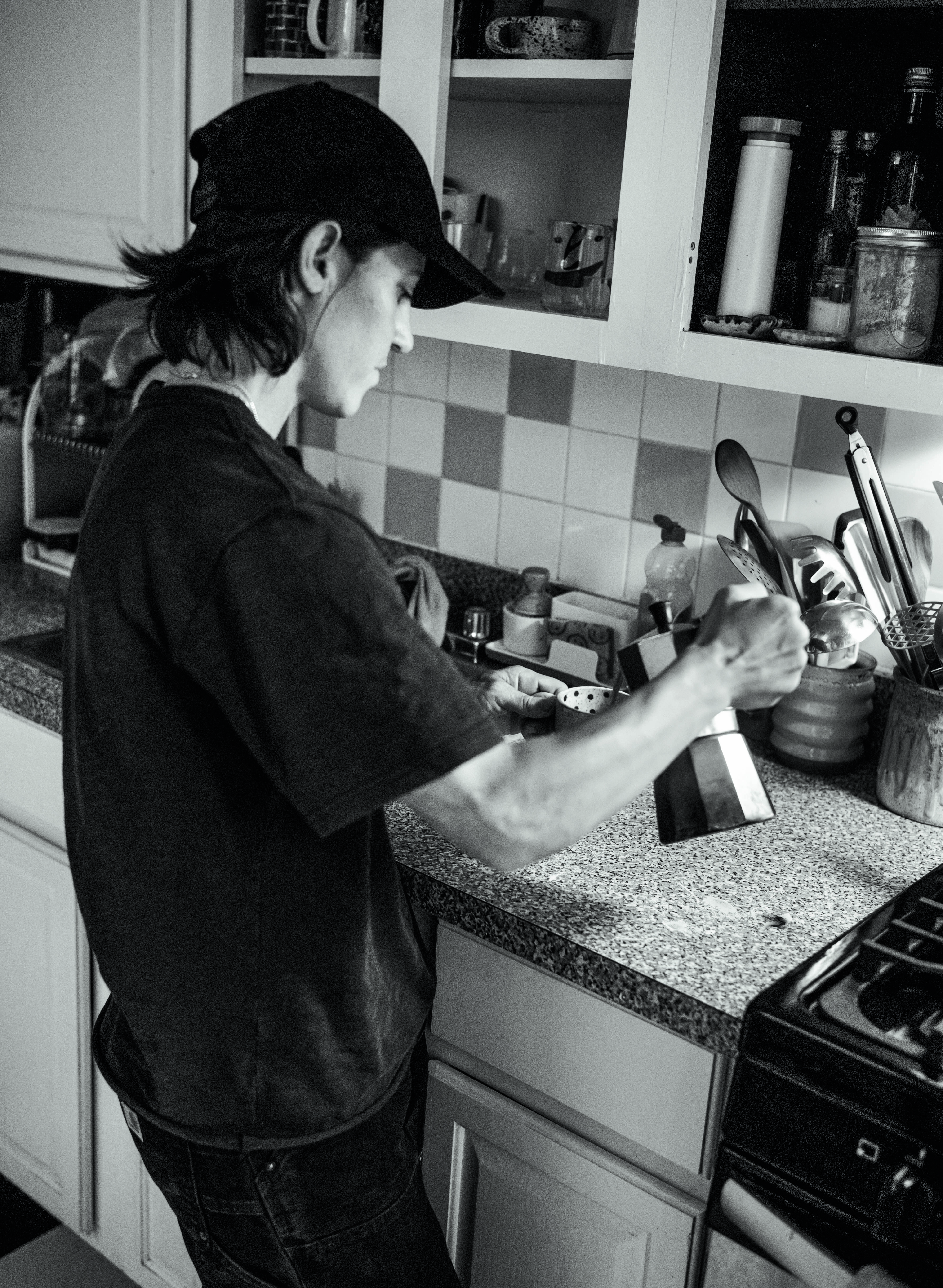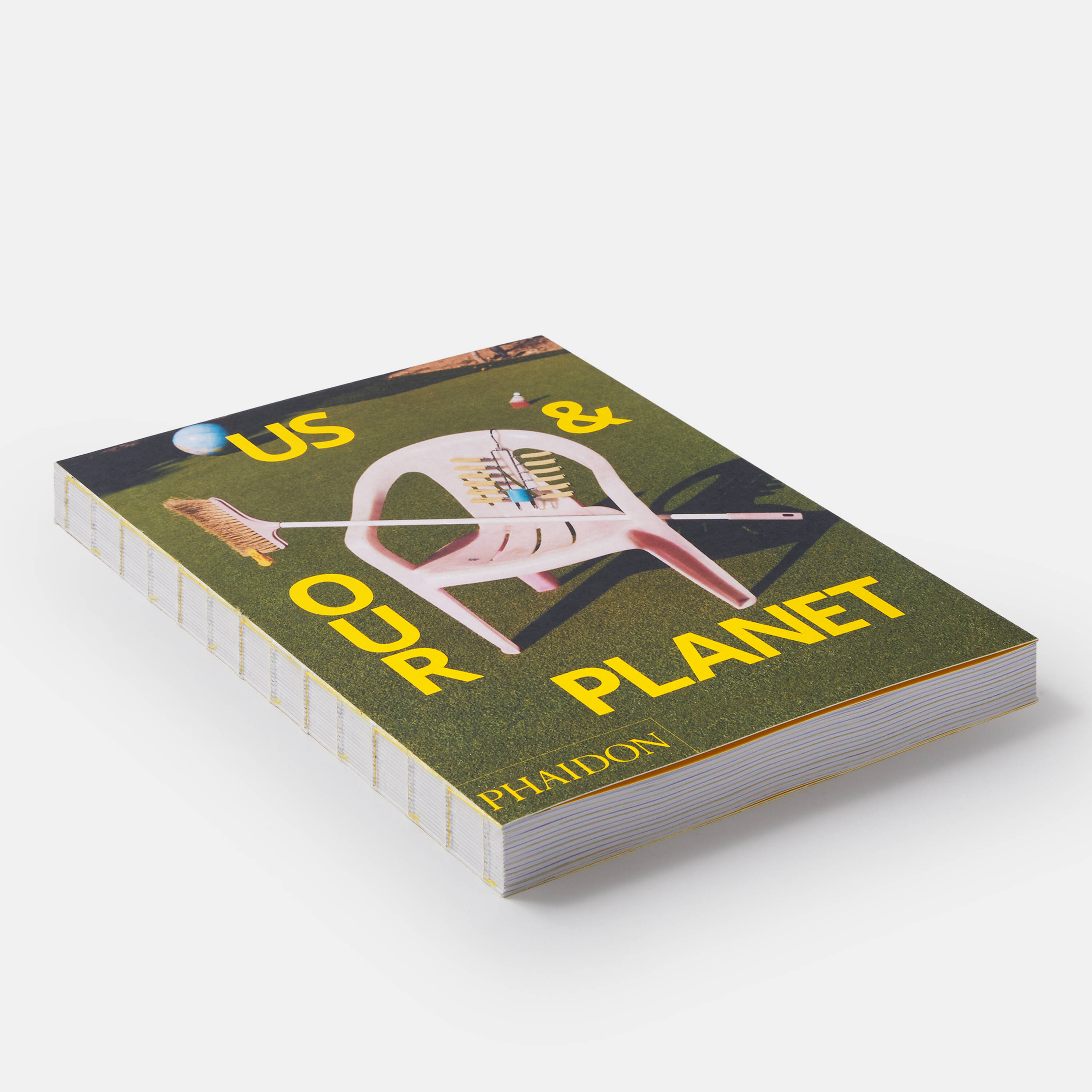
What one chill, champion skateboarder taught IKEA about Us & Our Planet
American skate champ and trained architect Alexis Sablone finds it easiest to relax when she is in motion
Can you just relax? Numerous studies have suggested it's not that easy for all of us. In the Rest chapter of our new book Us & Our Planet, author Maisie Skidmore looks at how relaxation fits in with the ways we might all live well-balanced and sustainable lives. The book is produced in conjunction with IKEA, and its format is based on the Swedish firm’s research technique of Home Visits, or trips to houses and apartments across the world to see how people are living today. In these pages, we get a look into the domestic triumphs and challenges found in both ordinary and extraordinary lives, and in so doing, the book demonstrates how small changes at home help both us and our world.
Everybody needs rest, but not everyone rests in the same way. “Studies have found that there are no fewer than seven different types of rest, ranging from the physical and the mental to the creative and the emotional,” Skidmore writes. “Just as our homes are places of activity – preparing food, playing together, working or washing – they should be places of refuge too. A hideout from sensory stimulation and the rigour of everyday life outside. Perhaps that means somewhere that you can lean back and listen to music, or slip into a flow state, paintbrush in hand.”

Alexis Sablone in her apartment in, Brooklyn, New York. Photography by Ari Marcopoulos
Alexis Sablone finds the conventional, fully switched-off style of relaxation quite difficult. “It’s really hard for me to turn my mind off, or stop thinking about either a project or skating,” the US Olympic skateboarding champion, artist and architect explains in the book during her home visit. “Even when I go to a yoga class and I’m supposed to be focusing on breathing I’m like, ‘ooh, I’m in child’s pose, I can think about my projects.’”
Instead, she finds that flow state, quite literally, when skating around the city. “The way skateboarders, designers and architects see the space around them is very detailed,” she explains. “The types of things that they notice are similar, and they aren’t things that other people take note of. Skateboarders are always looking for an opportunity to use the space around them creatively, in a way it wasn’t designed to be used. Objects are usually so prescribed for regular people – benches for sitting, stairs for moving up and down, paths for walking on.”

Alexis Sablone's apartment in Brooklyn. Photography by Ari Marcopoulos
Sablone has disrupted this urban typology herself, creating, for example, a skateable sculpture called Lady in the Square, for a prominent public space in Malmö, Sweden. “I think skateboarders are good at reducing the forms around them to obstacles that they can use in a totally different way,” she goes on. “In that process, which happens naturally for a skateboarder, there’s a connection to the way a designer looks at an existing space, or blank space, and tries to imagine something new. That process to me, as a skater and designer, feels similar. The iterative nature of design and the iterative nature of practising skateboarding – this kind of obsessive quality – ties it together.”
IKEA might not be producing skateable sofas just yet, but the firm does recognise the value of movement in restfulness. In this chapter, the book also profiles the IKEA PS GULLHOLMEN, a rocking chair fashioned from biodegradable, Vietnamese banana fibre, which was designed in 2002 by Maria Vinka. As the book explains, researchers have “found that the pendulous motion of a rocking chair releases endorphins in the brain that can improve mood, reduce stress and lessen pain.”

Us & Our Planet
PS GULLHOLMEN's design distils the rocking chair form to its bare essentials: a gently curving seat and a miraculously slender backrest inspired by the handle of a kåsa, the traditional drinking cup – used by the Sámi, an indigenous people of Lapland – with a hole in its curved stem for attachment to a belt. This old form brings a little flow to any home, offering both tranquillity and movement, for those of us who – like Sablone – feel the need to combine rest with play. To hear more about her and many other exemplary domestic lives, order a copy of Us & Our Planet here.